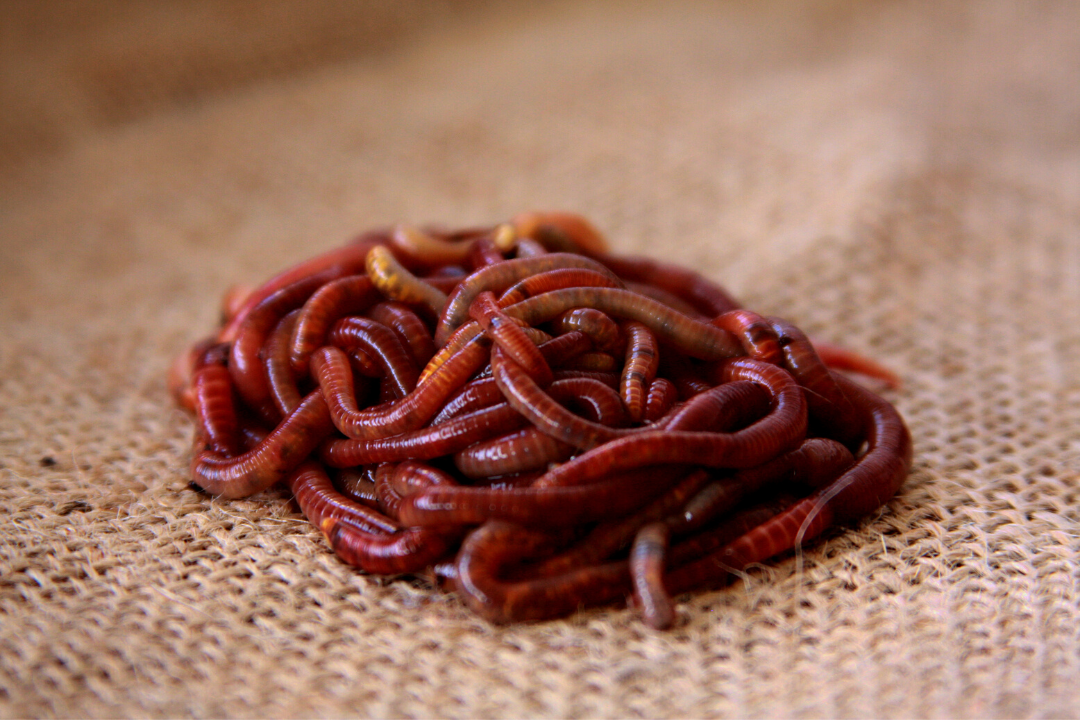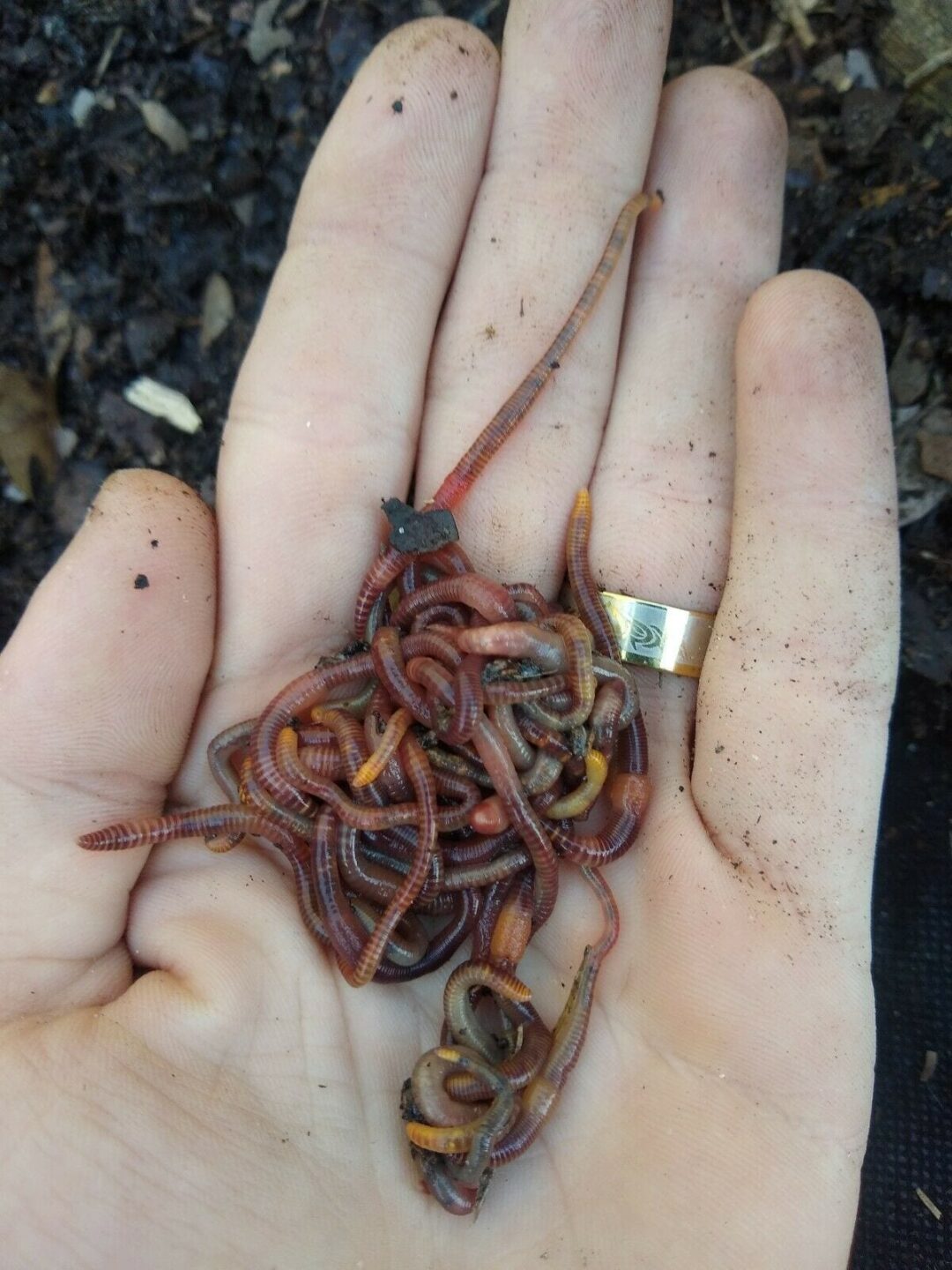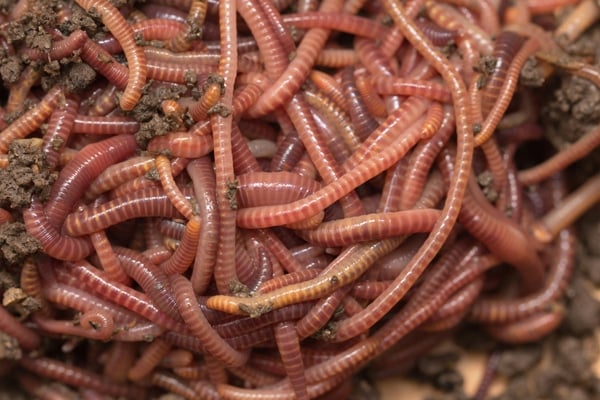Red Wiggler Express: Reliable Bait for a Successful Fishing Day
Red Wiggler Express: Reliable Bait for a Successful Fishing Day
Blog Article
Unlock the Secrets of Red Wigglers: Your Guide to Composting Success
The integration of red wigglers right into composting practices presents a considerable opportunity for enhancing soil health and advertising sustainability. These microorganisms are not just reliable recyclers of organic waste; they supply a myriad of benefits that can transform garden management. Comprehending their needs and habits is critical for optimizing their potential, from establishing a proper worm bin to feeding them the ideal materials. As we check out the vital components of effective vermicomposting, one could wonder just how these small creatures can result in a much more vibrant and effective yard ecological community.

What Are Red Wigglers?
(Red Wiggler Express)Red wigglers, clinically referred to as Eisenia fetida, are a varieties of earthworm largely used in composting as a result of their exceptional capacity to decay natural matter effectively. These worms are characterized by their reddish-brown pigmentation and a fractional body, usually measuring in between 3 to 4 inches in size. Unlike various other earthworm species, red wigglers grow in rich, organic atmospheres, making them ideal for vermicomposting systems.
Native to North America, they are commonly found in decomposing leaves and compost stacks, where they play an important duty in nutrient recycling. Their adaptation to living in a wet, aerobic atmosphere allows them to consume large amounts of natural waste, damaging it down into nutrient-rich spreadings that boost soil wellness.
Red wigglers recreate rapidly, with a single worm qualified of creating numerous cocoons weekly, each consisting of several hatchlings. This rapid reproduction rate adds to their effectiveness in composting procedures. They choose temperature levels between 60 ° F and 80 ° F, and their task degree raises dramatically within this array, more assisting in the disintegration procedure. Comprehending the biology and actions of red wigglers is important for optimizing their capacity in composting applications.
Benefits of Using Red Wigglers
Harnessing the power of red wigglers in composting supplies many benefits that improve dirt health and promote sustainable waste administration. These amazing microorganisms efficiently break down raw material, changing kitchen area scraps and lawn waste right into nutrient-rich vermicompost. This ended up item is extremely valuable for plant development, as it improves soil framework, raises moisture retention, and improves vitamins and mineral availability.

(Red Wiggler Express)In addition, the existence of red wigglers in your composting system can increase the composting procedure, producing top notch compost in a fraction of the moment compared to conventional methods. The castings created by these worms are additionally bristling with valuable microbes that even more enrich the dirt environment.
Establishing Up Your Worm Bin
Producing an effective worm container is an uncomplicated process that can considerably enhance your composting initiatives. Worm containers can be made from plastic storage containers, wooden boxes, or commercially readily available worm containers.
Next, prepare the bedding product, which serves as the great site worms' habitat. A mix of shredded paper, cardboard, and coconut coir functions well, giving a comfy atmosphere for the worms.

Feeding Your Red Wigglers
To make sure the health and wellness and efficiency of your red wigglers, it is vital to provide them with a well balanced diet that satisfies their nutritional needs. Red wigglers flourish on a diverse range of natural materials, which not just supply needed nutrients however likewise advertise efficient composting.
Start by including kitchen scraps such as vegetable peels, fruit cores, and coffee grounds. Prevent citrus fruits, onions, and garlic, as these can be harmful to worm health and wellness. Additionally, present shredded paper, cardboard, and completely dry fallen leaves to produce a well-aerated setting.
Feeding frequency need to be kept track of; usually, worms can eat half their body weight in food weekly. It is essential to stay clear of overfeeding, as excess food can bring about unpleasant odors and draw in parasites. An excellent technique is to include food in percentages, enabling worms to process it prior to presenting more.
Maintaining dampness levels is likewise essential; the bed linens should perspire yet not soaked. Be certain to frequently examine the temperature and pH levels of the container to make certain an optimum atmosphere for your red wigglers, inevitably boosting their composting efficiency.
Harvesting and Utilizing Garden Compost
An effective composting process with red wigglers finishes in the rich, dark compost referred to as vermicompost, which can significantly improve soil health and wellness and plant development. Gathering this nutrient-dense material commonly occurs every three to six months, depending on the dimension of your system and the quantity of raw material being refined.
To harvest, gently separate the compost from the worms and any undecomposed materials. One efficient method includes relocating the materials of the container away and including fresh bed linen and food to the vacant room, urging the worms to migrate. After a couple of days, the compost can be gathered from the contrary side.
It is important to use vermicompost appropriately to optimize its benefits. It can be utilized as a top clothing for garden beds, blended into potting dirt, or brewed right into a nutrient-rich liquid fertilizer referred to as "worm tea." This application approach aids to deliver crucial nutrients directly to plant origins, advertising much healthier development. By integrating vermicompost into your gardening routine, you not just recycle natural waste yet additionally create a growing ecosystem that sustains lasting horticulture practices.
Final Thought
In summary, red wigglers serve as exceptional allies in composting efforts, changing organic waste into nutrient-rich vermicompost. By recognizing the ideal conditions for their environment, feeding requirements, and compost harvesting methods, gardeners can improve dirt wellness and advertise plant vitality.
Report this page